Introduction to the environmental benefits of recycled polyester fiber:
In an era where environmental awareness guides consumer choices, the fashion and textile industries are undergoing a transformation towards sustainable development. Recycled polyester fiber is hailed as the champion of eco-friendly fashion, standing out with numerous advantages. This article explores the compelling reasons why recycled polyester can change the game, attract environmentally conscious consumers, and support businesses striving for a green future.
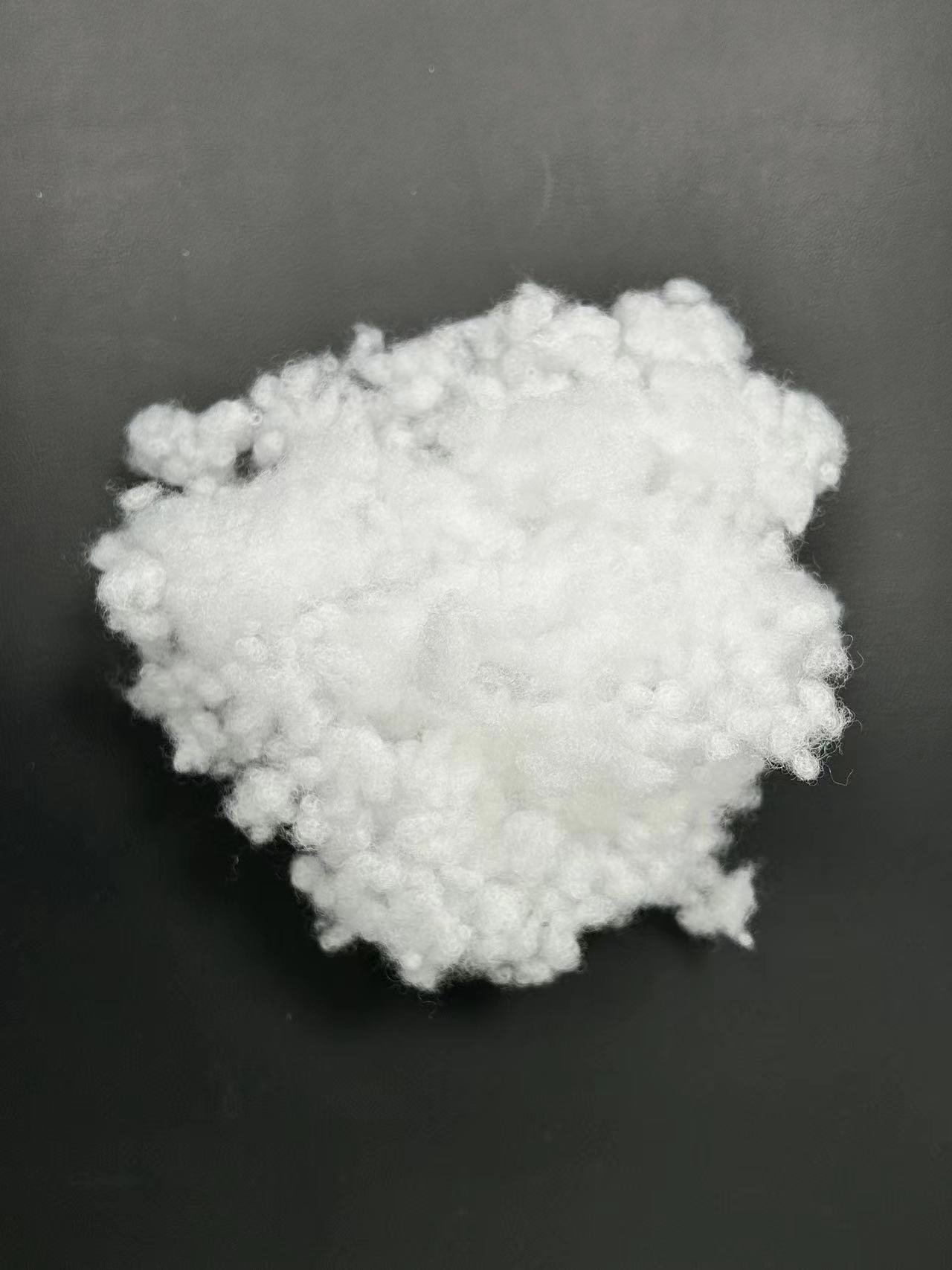
Environmental advantages of recycled polyester fiber through closed-loop production: A miracle of the circular economy
Recycled polyester plays a crucial role in the circular economy, where materials are reused and repurposed. By incorporating recycled materials into the production process, businesses contribute to forming a closed-loop system, reducing waste, and minimizing environmental impact. Recycled polyester fiber diverts plastic from landfills and oceans, helping to decrease the overall plastic waste that ends up in landfills or oceans, addressing environmental issues related to plastic pollution. Using recycled polyester fiber can promote a circular economy by integrating recycled materials into the production process, extending the lifecycle of plastics and encouraging more sustainable and circular manufacturing methods.
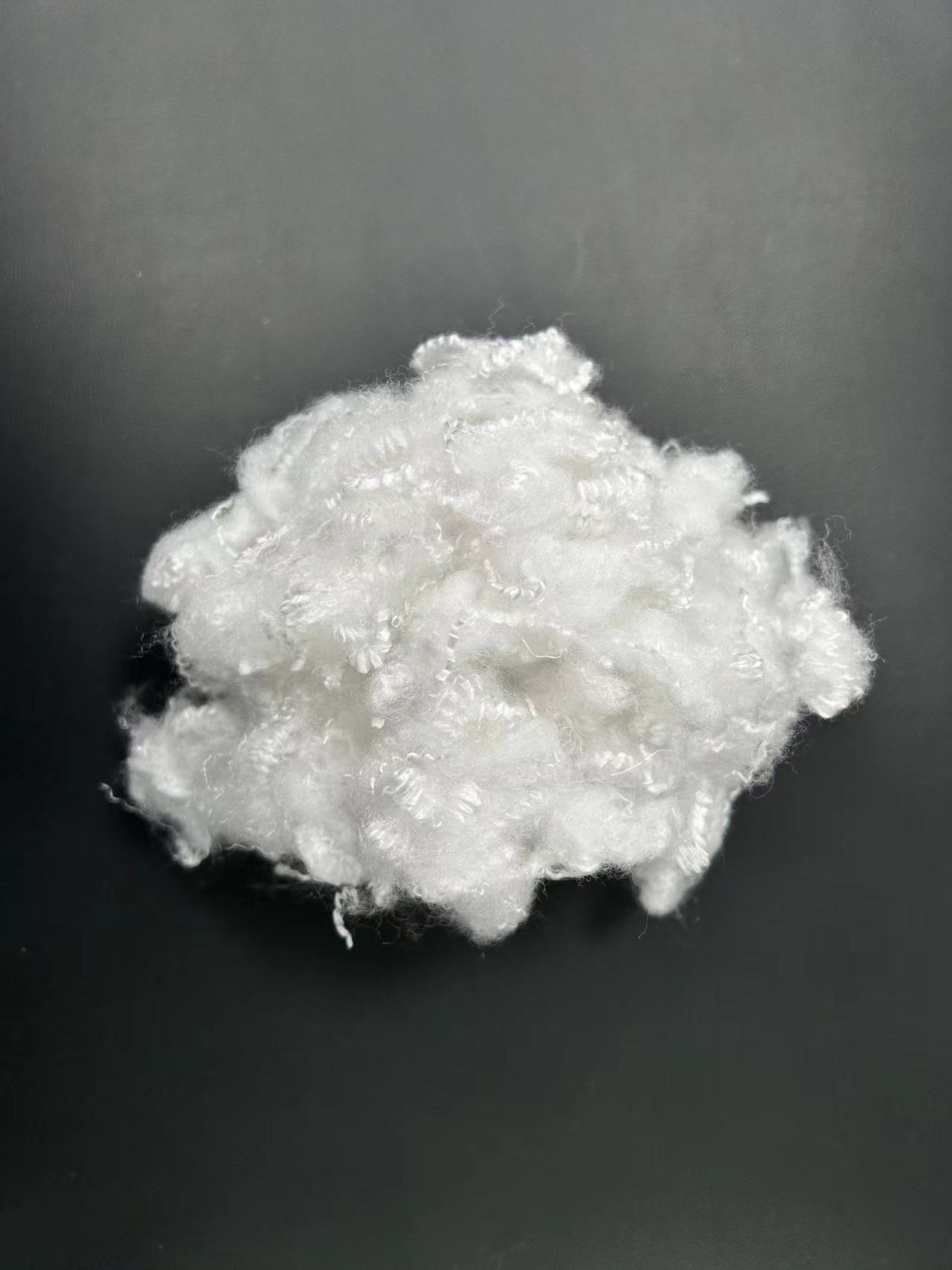
Resource conservation and energy efficiency of recycled polyester fiber
One prominent advantage of recycled polyester is its ability to reduce environmental footprint. Compared to traditional polyester production, the manufacturing process of recycled polyester is resource-intensive and consumes less energy. Recycled polyester is made from post-consumer plastic bottles or other recycled polyester products, reducing the demand for new petroleum extraction. Production of recycled polyester typically requires less energy compared to virgin polyester production, as it skips some initial steps of extracting and refining raw materials, being more environmentally friendly.
Plastic reuse: Advantages of recycled polyester fiber for combating ocean pollution
By recycling plastic waste into polyester, this material helps address the issue of ocean plastic pollution. It prevents plastic bottles and other containers from ending up in landfills or the ocean, thus preventing harm to marine life. Repurposing this plastic into polyester helps prevent ocean pollution and minimizes harmful impacts on aquatic ecosystems. Creating a market for recycled materials can incentivize proper collection, sorting, and recycling of plastic waste, reducing the likelihood of it entering marine environments. While recycled polyester itself may shed microfibers, the overall impact is usually lower than traditional polyester. Additionally, efforts are underway to develop technologies and fabrics that minimize microfiber release. In conclusion, choosing recycled polyester can be part of a broader strategy to combat microplastic pollution.
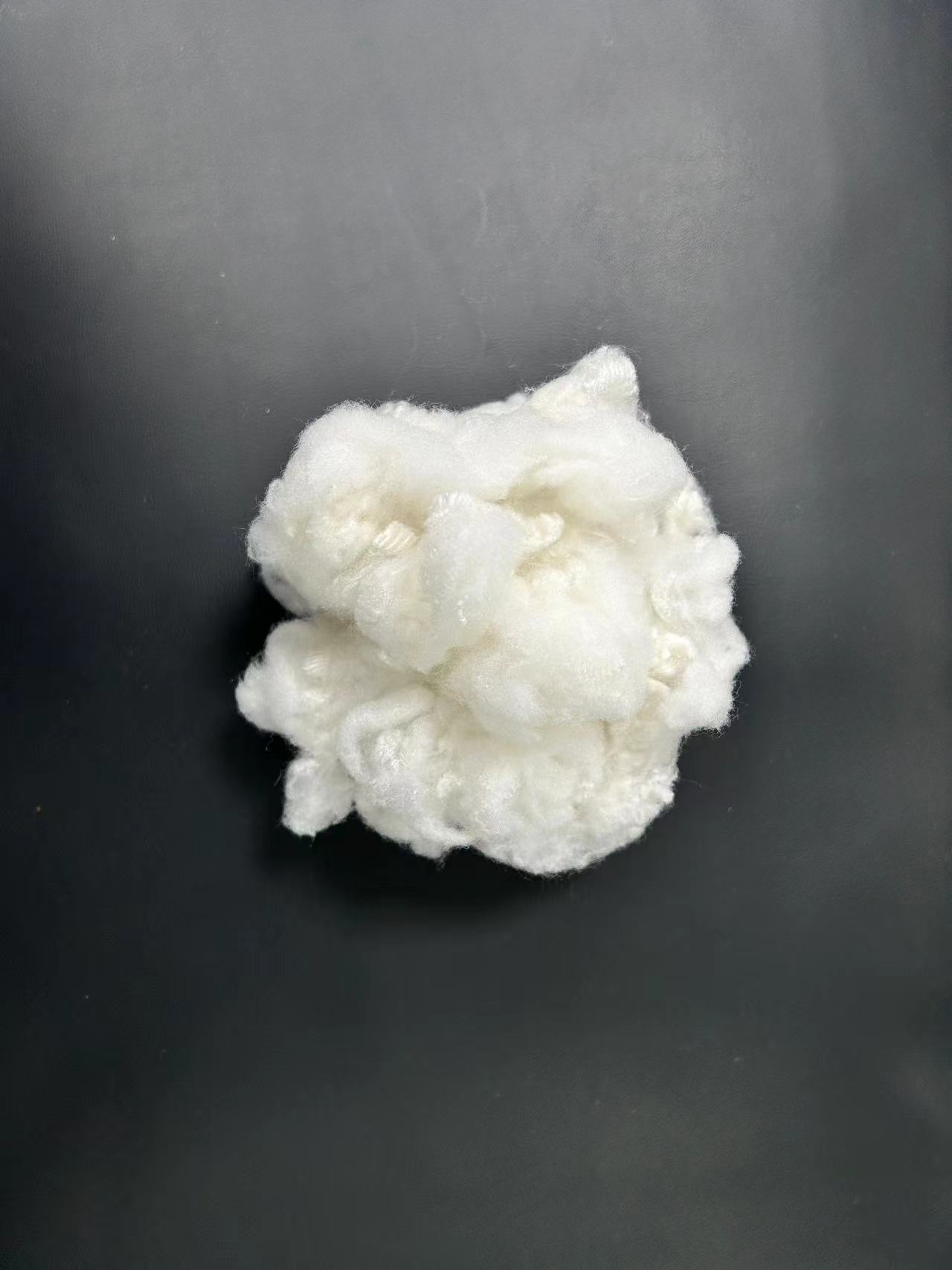
Water-saving innovation: Recycled polyester fiber to meet eco-conscious consumer demands
Water scarcity is a global issue, and recycled polyester offers a solution by requiring less water in its production process. Compared to virgin polyester production, the production of recycled polyester typically consumes less water, contributing to addressing water scarcity.
Carbon footprint reduction with recycled polyester fiber: A crucial sustainability indicator
Recycled polyester production can reduce greenhouse gas emissions, contributing to climate change mitigation. Compared to traditional polyester manufacturing, the production of recycled polyester often reduces greenhouse gas emissions, helping to mitigate climate change.
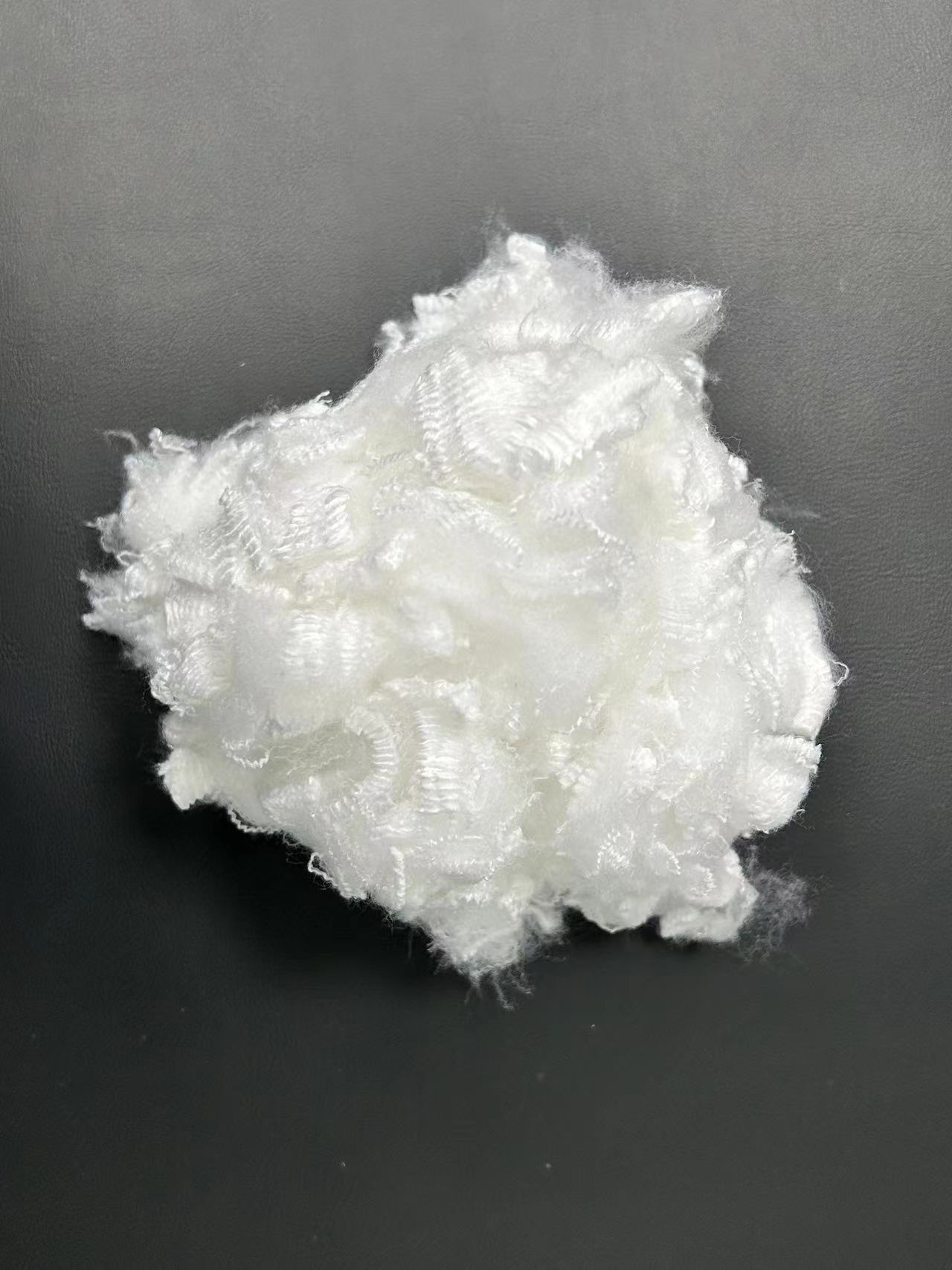
Quality assurance of recycled polyester fiber for sustainability: Meeting consumer demands
Contrary to misconceptions, recycled polyester does not compromise quality or performance. Brands can emphasize environmentally friendly choices without sacrificing durability or style. Recycled polyester fiber can provide similar quality and performance characteristics as virgin polyester, making it a viable and sustainable alternative without compromising product integrity. Brands and manufacturers using recycled polyester can enhance their environmental image and attract environmentally conscious consumers, driving demand for sustainable products. The use of recycled polyester fiber contributes to achieving sustainability goals by using recycled materials, aligning with global efforts to achieve sustainability goals and complying with regulations aimed at reducing environmental impact. Continuous research and development of recycling technology have improved the quality and availability of recycled polyester, making it an increasingly viable and attractive choice across industries.
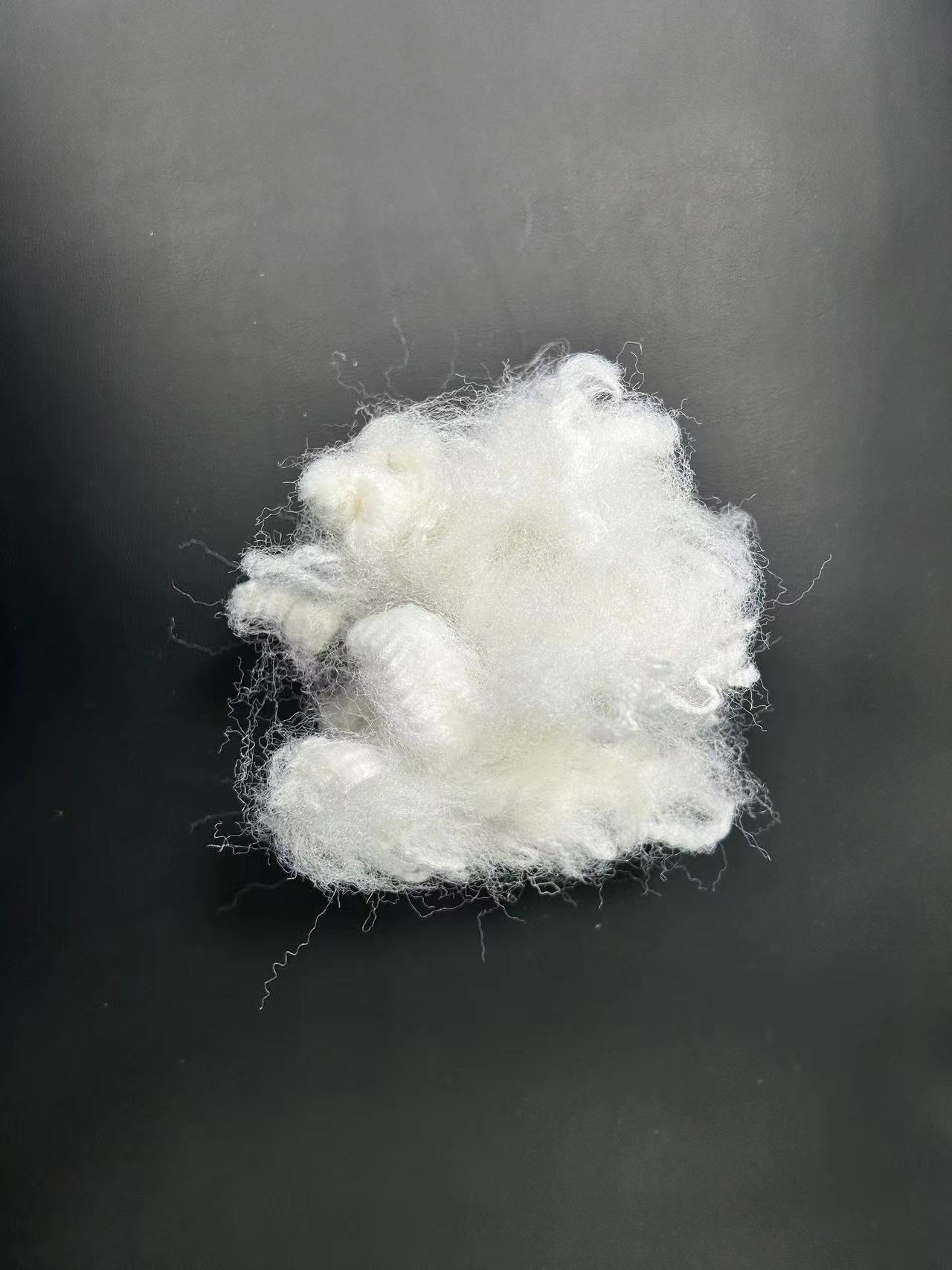
Conclusion on the advantages of recycled polyester fiber:
Recycled polyester is not just a material; it is a beacon of sustainable innovation in the fashion and textile industry. Through highlighting its benefits in the circular economy, resource conservation, plastic reuse, water-saving innovation, carbon footprint reduction, and quality attributes, businesses can position themselves at the forefront of the eco-conscious movement. As consumer demand for sustainable choices continues to rise, leveraging these advantages in online content ensures that recycled polyester remains a key force shaping the future of fashion.In a world where sustainable development drives consumer choices, recycled polyester becomes a multifaceted and responsible choice. Effectively communicating its myriad environmental benefits can not only resonate with conscious consumers but also position businesses as leaders in the ongoing journey towards a more environmentally friendly and circular economy. As the textile industry evolves, the adoption of recycled polyester fiber represents a positive step forward, indicating that fashion and sustainable development can seamlessly coexist, benefiting the Earth and its inhabitants.
Post time: Jan-12-2024
